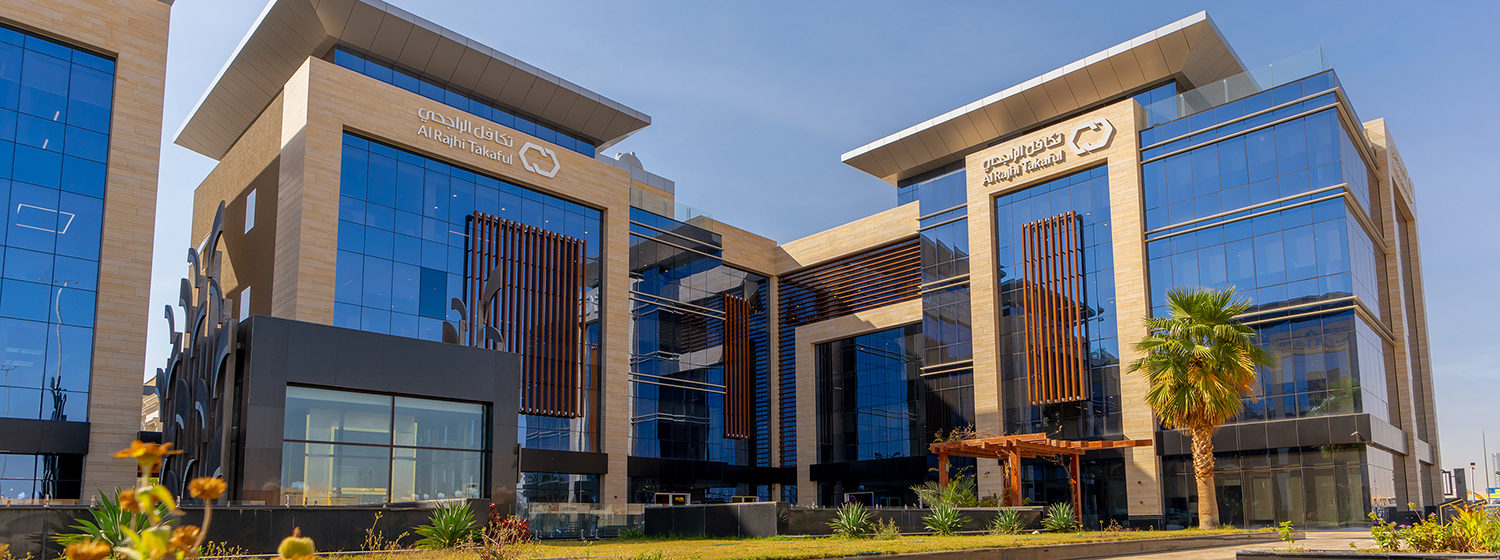Founded in 1918 and headquartered in Cape Town, South Africa, Sanlam has evolved from a life insurance company into a diversified global financial services group. With a century of experience, Sanlam is now Africa's largest insurance and non-banking financial services provider, operating in 44 countries and establishing itself as one of the world's prominent international insurance groups.
Recognizing the imperative value of digital technologies, Sanlam embarked on a strategic growth plan to consistently upgrade its technological infrastructure. Group Technology Chief Information Officer (CIO) Theo Mabaso emphasized the importance of digital transformation in adapting to evolving market dynamics. Mabaso highlighted the potential of digital technologies in enhancing customer intimacy, precision in pricing and underwriting, connectivity with partners and marketplaces, and the exploration of new markets.
Want to keep reading?
You are trying to access premium content, currently reserved for Qorus members only. See all the benefits of joining the world’s leading peer-to-peer intelligence organization in financial services.




-01 (002).jpg)




